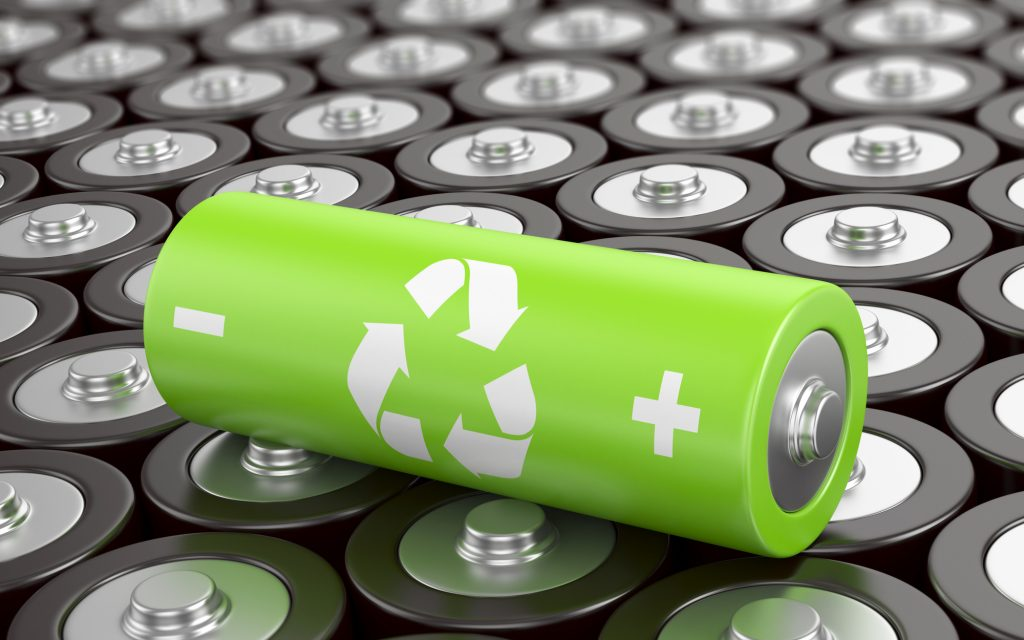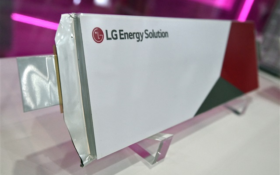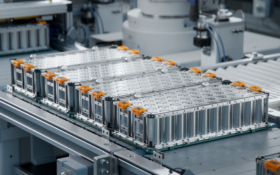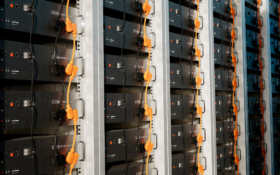Researchers from the Okinawa Institute of Science and Technology Graduate University (OIST) have identified a silicon building block they say improves the anode in lithium-ion batteries.
The team has discovered the ideal thickness of the protective layer between the electrolyte and anode in their bid to develop a silicon alternative to graphite for the battery’s anode using nanoparticle technology
The new protective layer is stronger, meaning the battery can withstand more charge cycles and increases the lithium-ion battery’s charge capacity.
The results were published in the journal Communications Materials.
Silicon anodes can store ten times as much charge in a given volume than graphite anodes, but volume changes up to 400% causes the electrode to fracture and break volume when lithium ions move into the anode, said Dr. Marta Haro, a former researcher at OIST and first author of the study.
The large volume change prevents stable formation of a protective layer between the electrolyte and the anode, which means the layer must continually reform during charging.
Theo Bouloumis, a PhD student at OIST who was on the research team, said: “There was a point at a specific thickness of the silicon layer where the elastic properties of the structure completely changed.
“The material became gradually stiffer, but then quickly decreased in stiffness when the thickness of the silicon layer was further increased.”
Through microscopy techniques and computer simulations at the atomic level, the researchers showed that as the silicon atoms were deposited onto the layer of nanoparticles, they didn’t form an even and uniform film. Instead, they formed columns in the shape of inverted cones, growing wider and wider as more silicon atoms were deposited. Eventually, the individual silicon columns touched each other, forming a vaulted structure.
These improvements were only seen at the precise moment the columns touched. Before this moment occurs, the individual pillars were wobbly and could not provide structural integrity to the anode. If silicon deposition continues after the columns touch, it creates a porous film with many voids, resulting in a weak, sponge-like behaviour.
Dr. Grammatikopoulos, a senior author of the paper, said revealing the vaulted structure and how it gained its unique properties was an important step forward towards the commercialisation of silicon anodes in lithium-ion batteries.











